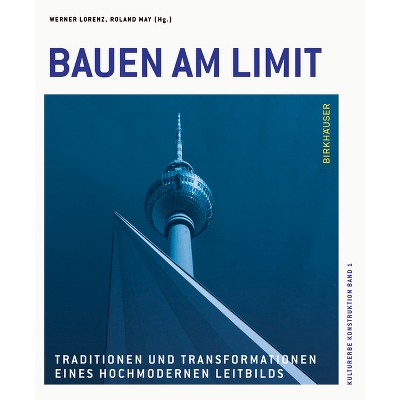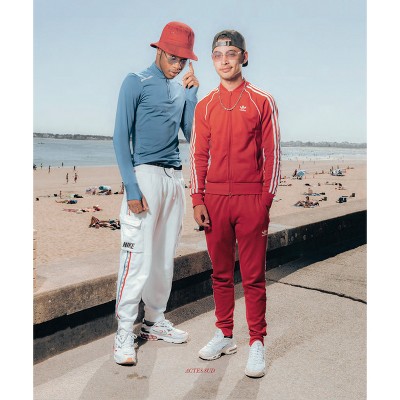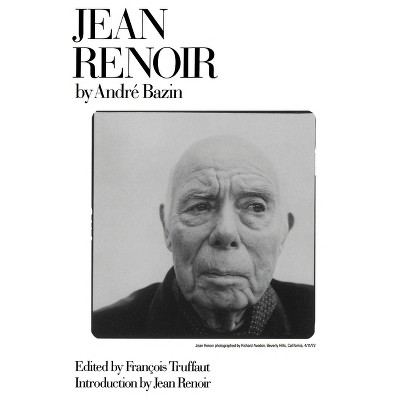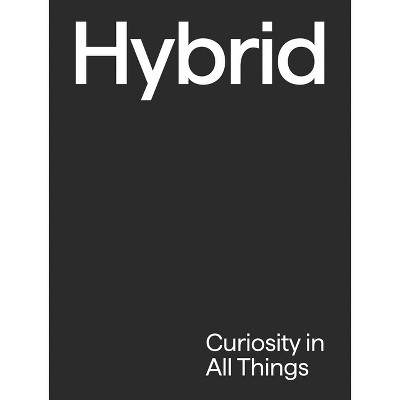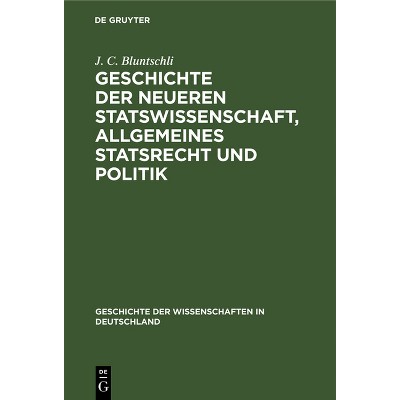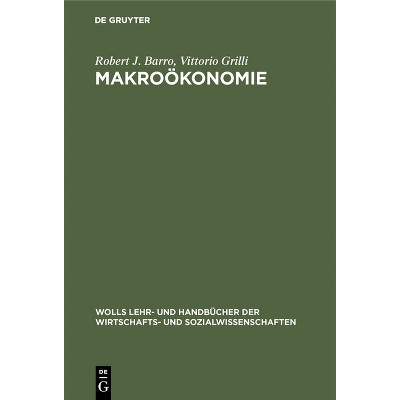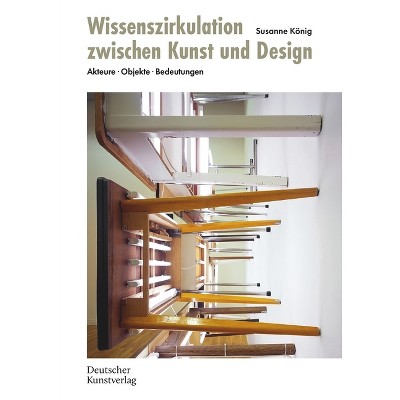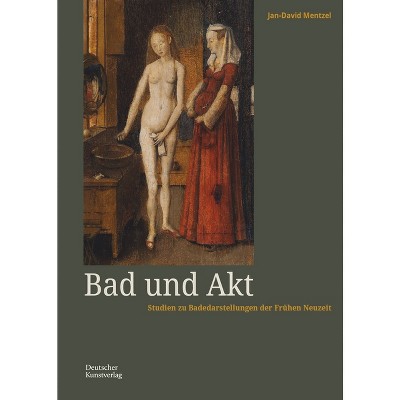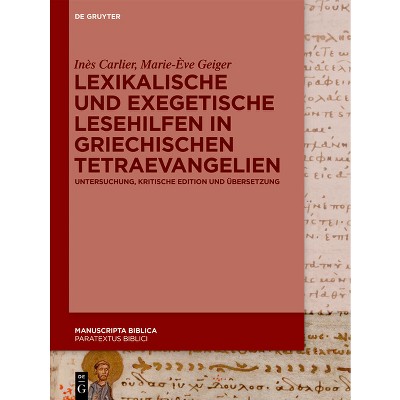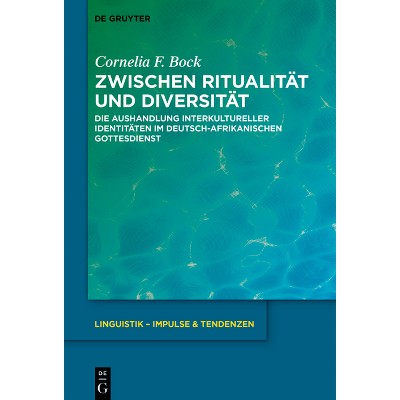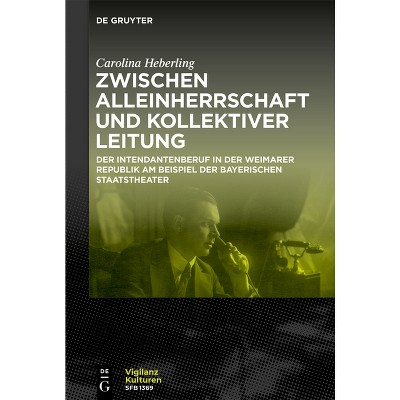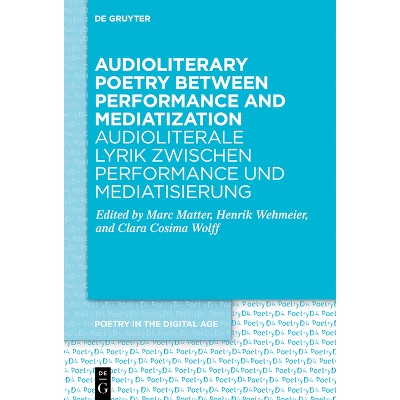Sponsored

Zwischen Zeichen Und Material - by Maximilian Geiger (Paperback)
Pre-order
Sponsored
About this item
Highlights
- The 'figure' is a key category of early modern art.
- About the Author: Maximilian Geiger (Dr. des.)
- 176 Pages
- Art, European
Description
Book Synopsis
The 'figure' is a key category of early modern art. Following on from its theoretical delineation in ancient philosophy, the rhetorical potential of the 'figure' - which co-determined its iconographic reception, its "vivacità", and also its virtual dimension - underwent a significant reactivation in the visual arts of the early modern period. The authors reveal fresh perspectives on the pictorial figure at that time by analysing its semiotic significance in relation to the artistic material and the interrelationship between mental representation and material formulation. They analyse formal, functional and reception-aesthetic aspects of pictorial structures in the context of the period, and thus contribute to a differentiated understanding of the figure-ground constellation in the early modern era.
- New perspectives on the pictorial theory of the early modern age
- Analyses of works by artists incl. Niklaus Manuel, Peter Paul Rubens, Philippe de Champaignes, Tizian and Valentin de Boulognes
About the Author
Maximilian Geiger (Dr. des.), member of the Institute of applied art and visual studies at the University of Wuppertal
Shipping details
Return details
Frequently bought together

